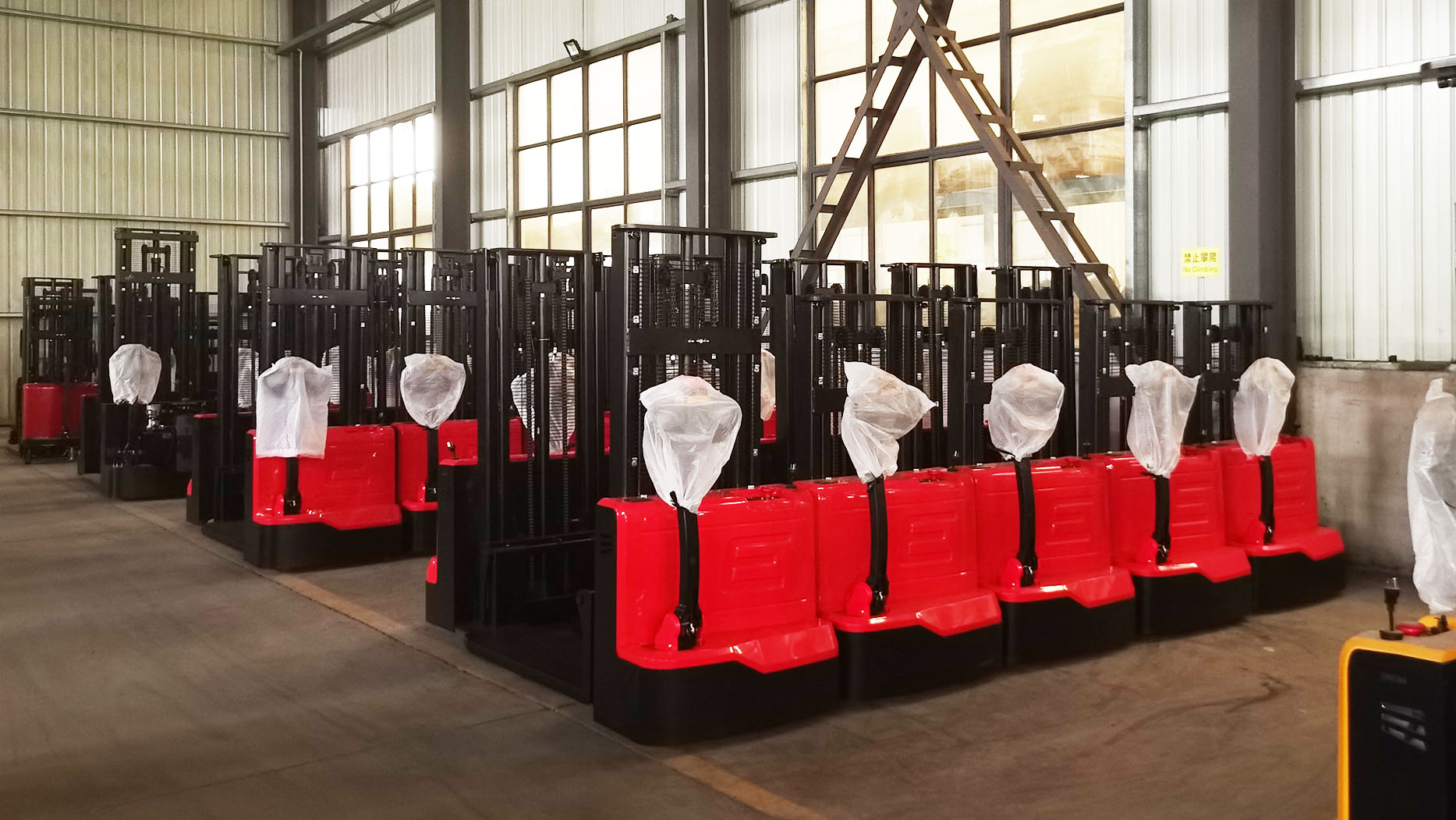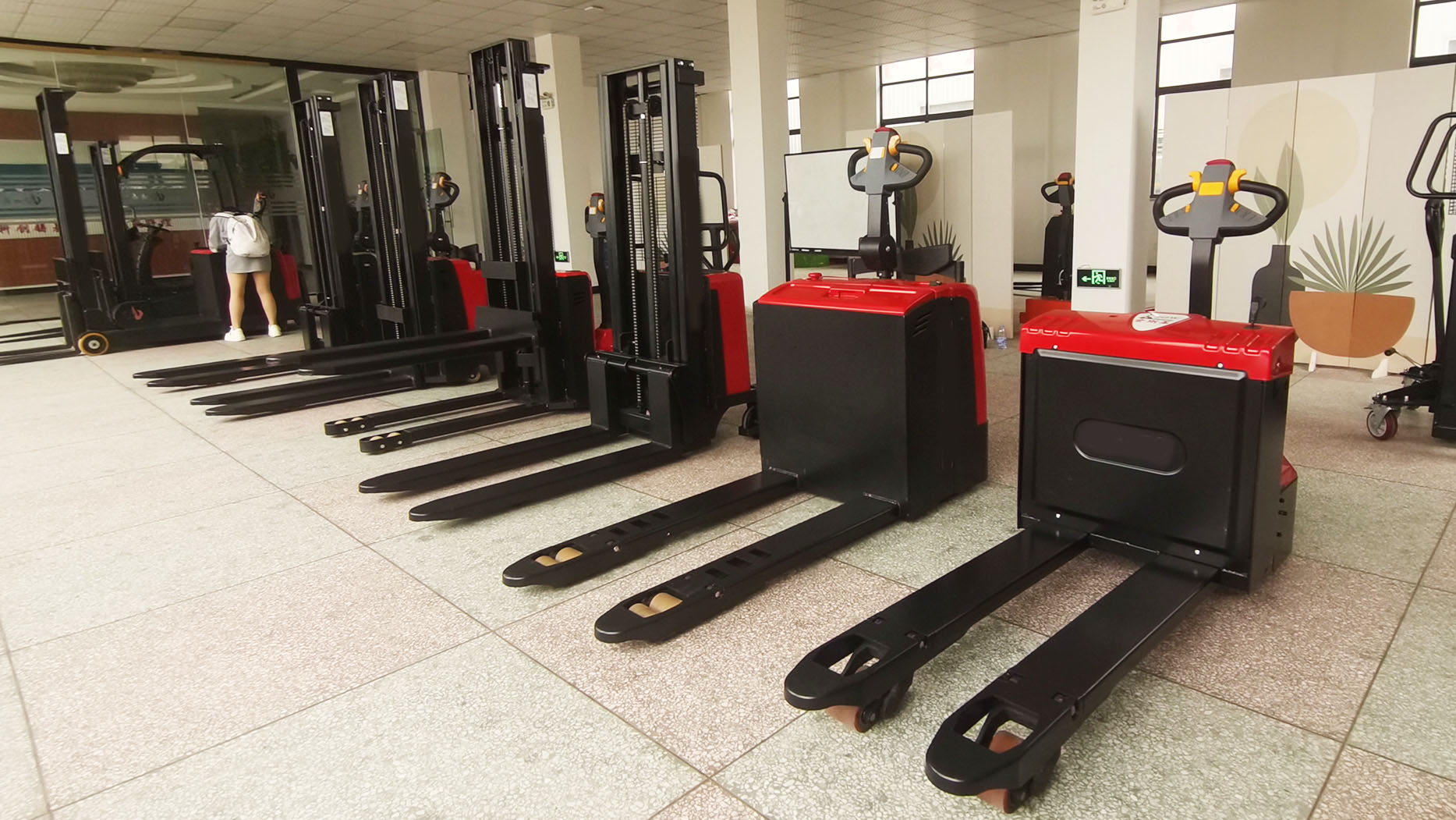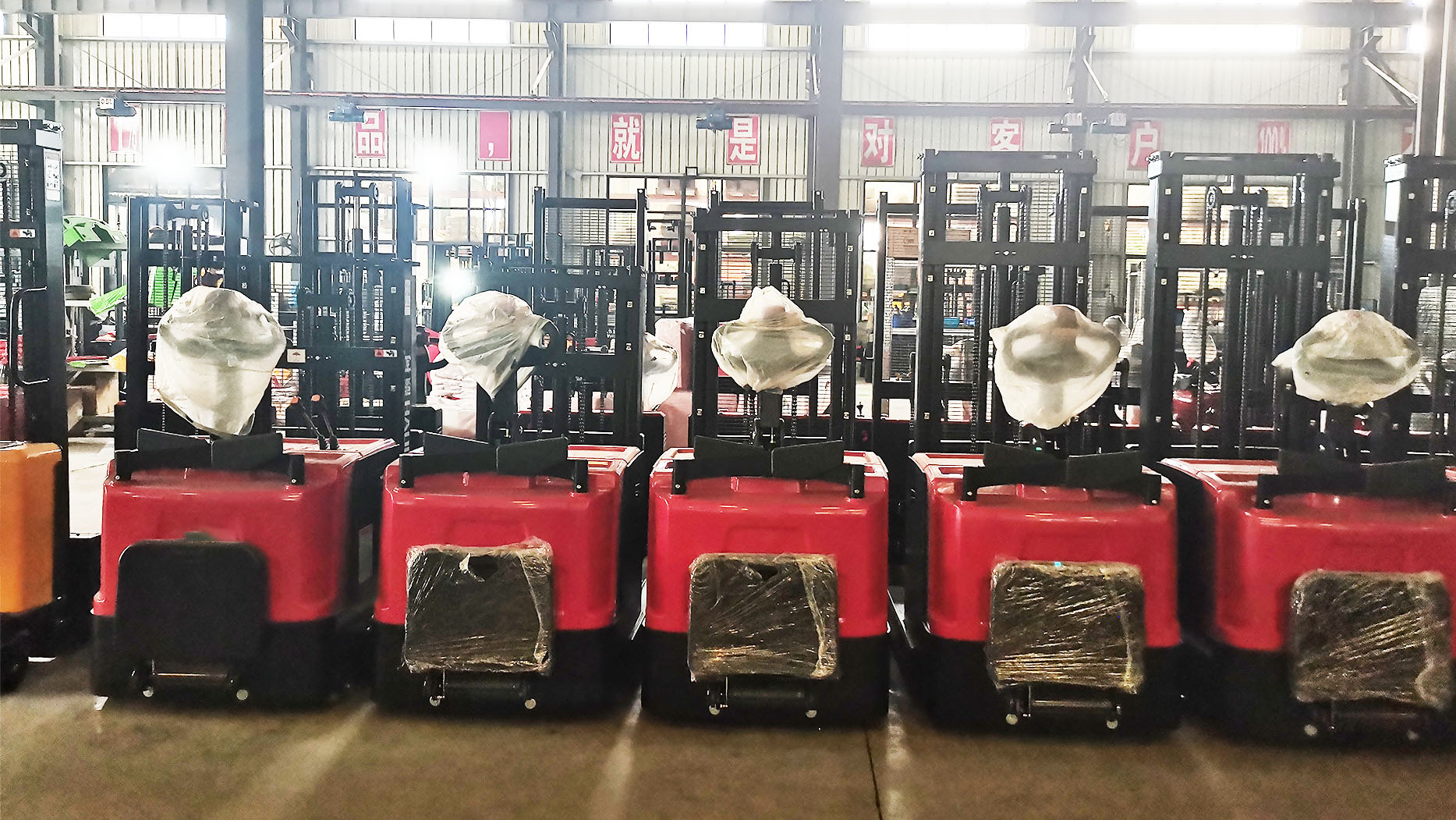In the dynamic world of material handling, pallet stackers play a crucial role in optimizing vertical storage and moving palletized goods within warehouses, factories, and retail environments. While both manual pallet stackers and electric pallet stackers perform the fundamental task of lifting and transporting pallets, they differ significantly in their operation, capabilities, cost, and ideal applications. Understanding these distinctions is key to selecting the most efficient, safe, and cost-effective solution for your specific needs.
Choosing between a manual forklift (which a manual pallet stacker essentially is, for light lifting) and a powered alternative isn't just about budget; it's about matching the tool to the task, ensuring operator comfort, and maximizing productivity. Let's delve into the core differences that define these two essential pieces of equipment.

Understanding the Core Mechanics
To appreciate their differences, it's helpful to understand how each type of pallet stacker fundamentally operates.
1. Manual Pallet Stacker:
A manual pallet stacker relies entirely on human power for both lifting and movement. The operator uses a pump handle (similar to a pallet jack) to manually pump hydraulic fluid, raising the forks. Movement is achieved by manually pushing or pulling the stacker.
Key Characteristics: Simple design, no motor or battery, requires physical effort. Often referred to as a manual forklift for light-duty, localized lifting.
2. Electric Pallet Stacker:
An electric pallet stacker utilizes an electric motor for powered lifting and, in most cases, powered travel. They are equipped with batteries (lead-acid or lithium-ion) to supply power.
Key Characteristics: Motorized lifting and/or driving, battery-powered, less physical effort required.
Key Differentiating Factors to Consider
When deciding between a manual and an electric pallet stacker, evaluate these critical aspects of your operation:
1. Power Source and Operator Effort
This is the most fundamental difference impacting daily use.
Manual Pallet Stacker:
Power: Human muscle power.
Effort: Requires significant physical effort to pump the hydraulic handle for lifting and to push/pull the unit for moving, especially with heavier loads or up inclines.
Ideal For: Infrequent lifting, very light loads, short distances, or applications where power sources are unavailable.
Electric Pallet Stacker:
Power: Battery-powered electric motors.
Effort: Minimal physical effort. The operator typically uses buttons or levers for powered lifting and lowering, and a throttle for powered travel.
Ideal For: Regular lifting, heavier loads, longer travel distances, multi-shift operations. A portable forklift (when referring to a small, battery-powered unit) would fall into this category.
 2. Lift Capacity and Lift Height
2. Lift Capacity and Lift HeightWhile both lift pallets, their capabilities differ.
Manual Pallet Stacker:
Lift Capacity: Typically lower, ranging from 500 kg to 1,500 kg (1,100 lbs to 3,300 lbs). Heavier loads become extremely difficult and unsafe to lift manually.
Lift Height: Generally limited, often up to 1.6 to 3.0 meters (5 to 10 feet). Beyond this, manual pumping becomes too strenuous and unstable.
Electric Pallet Stacker:
Lift Capacity: Significantly higher, ranging from 1,000 kg to 2,000 kg (2,200 lbs to 4,400 lbs) for walkie stackers, and up to 2,500 kg (5,500 lbs) or more for ride-on models.
Lift Height: Can reach much greater heights, commonly up to 5.0 to 6.0 meters (16 to 20 feet) or even higher for specialized models.
Ideal For: High-density storage, loading/unloading high shelves, or stacking in multi-level racks.
3. Travel Speed and Maneuverability
How quickly and precisely you can move materials.
Manual Pallet Stacker:
Speed: Very slow, limited by operator's walking pace and physical strength.
Maneuverability: Decent in tight spaces due to compact size, but requires physical effort for turns and pushing.
Application Fit: Best for very short shuttles within a small area.
Electric Pallet Stacker:
Speed: Much faster, offering consistent travel speeds (typically 4-6 km/h or 2.5-3.7 mph) independent of operator fatigue.
Maneuverability: Excellent. Powered steering (on some models) and smooth acceleration/braking allow for precise control. Walkie-behind, ride-on, and stand-on configurations offer different levels of maneuverability and speed.
Application Fit: Ideal for moving pallets across longer distances, within medium to large warehouses, and for continuous operations.
 4. Cost Considerations (Purchase, Operating, Maintenance)
4. Cost Considerations (Purchase, Operating, Maintenance)Budget is always a significant factor.
Manual Pallet Stacker:
Initial Purchase Price: Very low, typically a few hundred to a couple of thousand dollars. This makes them highly accessible.
Operating Costs: Virtually zero for fuel/electricity.
Maintenance: Minimal. Primarily checking hydraulic fluid, basic lubrication, and wheel replacement.
Total Cost of Ownership: Very low.
Electric Pallet Stacker:
Initial Purchase Price: Significantly higher than manual, ranging from a few thousand dollars for basic walkie models up to $15,000-$25,000+ for advanced ride-on versions.
Operating Costs: Involve electricity for charging, but generally lower per hour than a forklift diesel.
Maintenance: More complex. Includes battery maintenance (watering, charging cycles for lead-acid), motor checks, controller diagnostics, and electrical system checks.
Total Cost of Ownership: Higher, primarily due to initial investment and potential battery replacement costs (especially for lead-acid batteries every 5-7 years).
5. Operating Environment and Operator Fatigue
The physical demands on the operator and suitability for the workspace.
Manual Pallet Stacker:
Environment: Best suited for clean, flat, and relatively small areas with minimal incline. Not ideal for ramps or uneven floors.
Operator Fatigue: High. Prolonged use, heavy loads, or long distances will quickly lead to operator fatigue, strain injuries, and reduced productivity.
Noise/Emissions: None.
Electric Pallet Stacker:
Environment: Performs well in various indoor environments. Can handle moderate inclines. Some models are suitable for light outdoor use on paved surfaces.
Operator Fatigue: Low. Reduces physical strain, allowing operators to work longer shifts more productively and safely.
Noise/Emissions: Very low noise, zero emissions (making them ideal for enclosed spaces or food/pharmaceutical industries).
6. Safety Features
Manual Pallet Stacker:
Safety: Basic. Relies heavily on operator caution. Risks include strain injuries, dropped loads from unstable manual lifting, and loss of control on inclines. No anti-rollback features.
Electric Pallet Stacker:
Safety: More advanced. Includes features like electromagnetic braking, anti-rollback systems on ramps, emergency stop buttons, and sometimes automatic speed reduction for turns. These significantly enhance workplace safety.
The Role of Manufacturers: MYZG / MINGYU
Manufacturers like MYZG and MINGYU (often referring to the same or similar Chinese manufacturers like Mingyu Forklift) play a significant role in providing both manual and electric pallet stackers.
MYZG / MINGYU Manual Pallet Stackers: They offer a range of robust and affordable manual stackers, providing a cost-effective solution for businesses with intermittent or very light material handling needs. These are good entry-level options for basic vertical storage.
MYZG / MINGYU Electric Pallet Stackers: These brands also provide various electric models, from walkie-behind to stand-on versions. Their electric stackers aim to offer a competitive balance of features, reliability, and price, making powered solutions more accessible to a wider market. When considering an electric pallet stacker from these brands, it's important to evaluate the battery type (lead-acid vs. lithium-ion), control system, and local dealer support for parts and service.
Post time:Jul.23.2025
